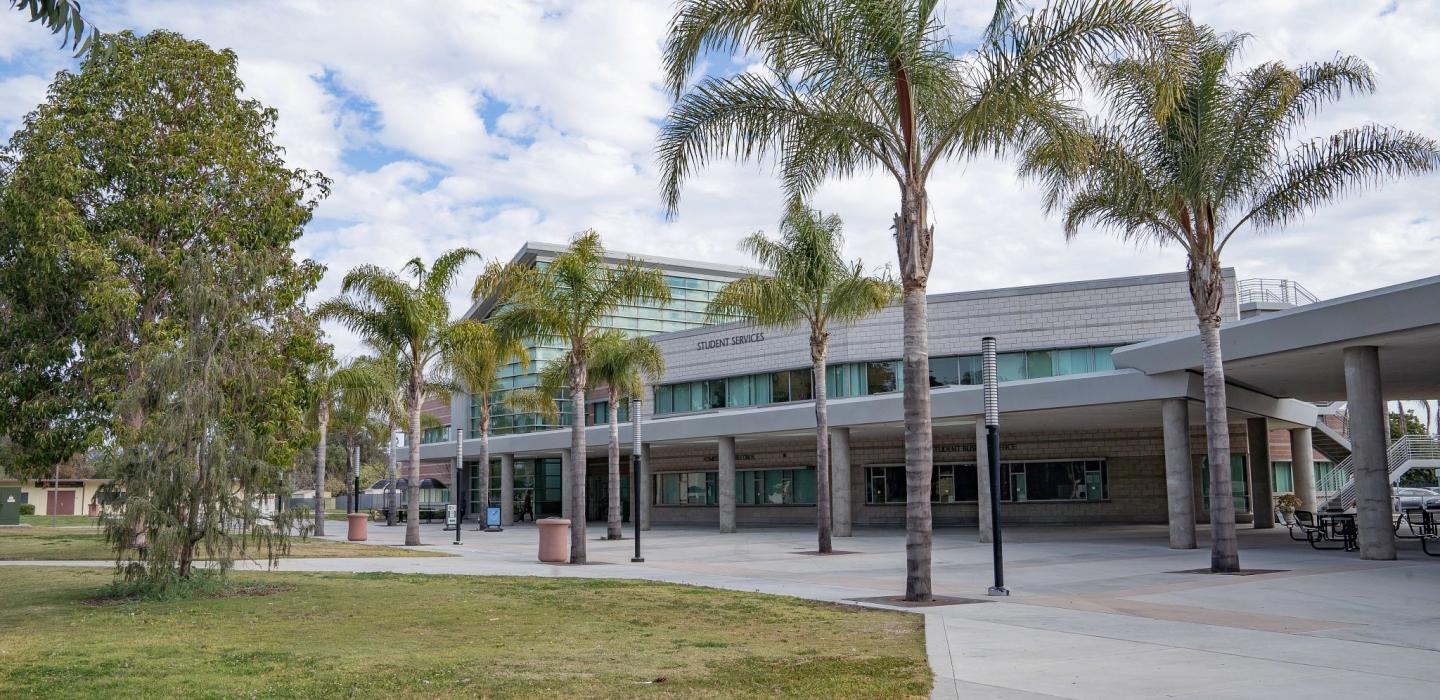As of July 1, 2013, a first-time Federal Subsidized Student Loan borrower is no longer eligible for the Subsidized Student Loan program if he or she exceeds 150% of the published length necessary to graduate.
In addition, a borrower reaching the 150% limit becomes ineligible for the interest subsidy benefits on all Federal Subsidized Loans disbursed to the borrower on or after July 1, 2013. Congress wants to encourage students to obtain undergraduate degrees within in a reasonable time frame. Students who change majors multiple times or, drop classes excessively or retake classes excessively are most likely to be affected by Public Law 121-141. Congress no longer wants to provide interest rate deferments for students taking an exceptional amount of time to obtain an undergraduate degree. The interest rate expense is now passed to the student in such cases.
Based upon available information from the U.S. Department of Education, the interpretation of the 150% rule is actual credit hours completed versus credit hours attempted. If different information becomes available, this web site will be updated.
As of July 1st, 2013, any first-time borrower, (which is defined as someone who has no outstanding balance on a FFELP or Direct loan when receiving a Direct loan on or after July 1, 2013), will only be able to obtain federal Direct Subsidized loans for a maximum of 150% of the published program length in which they are enrolled. Additionally, the subsidized loans that had been borrowed up to the 150% point will lose further government subsidy and interest will begin to become the student's responsibility if they do not graduate by the 150% point (and continue to be enrolled in the same or a shorter undergraduate program). From that point forward, these subsidized loans will lose interest subsidy.
Here are a few facts that you need to know:
- Students may receive Direct Subsidized loans for no more than 150% of the length of the current academic program. For example, a student enrolled in a two-year 60 unit program will have (2 years x 150%) three years or (60 units x 150%) 90 units of subsidized loan eligibility. A student enrolled in a four-year program will have six years' worth of subsidized loan eligibility.
- Once a student reaches the 150% mark in a particular program, their future subsidized loan eligibility in that program will end. They may, however, be eligible for unsubsidized loans.
- A student who reaches the 150% limitation will have their interest subsidy end for all outstanding subsidized loans if the student does not graduate and continues to be enrolled in the same or a shorter undergraduate program. Repayment does not begin, but like unsubsidized loans, the student (rather than the government) would become responsible for interest that accrues from this point forward.
- Program Completion = permanent protection of interest subsidy.
- Unlike other measures in determining continued aid eligibility, this provision is not affected by the total dollar amount borrowed. Any and all periods of subsidized loan borrowing will count against the 150% time limit.
- This policy is in addition to, and not in place of, the lifetime aggregate loan limits that are currently in place.
For more information view the FACT Sheet from the U.S. Department of Education.
References
